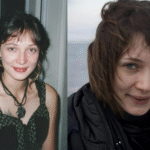On Christmas Eve in 1971, a 17-year-old girl boarded a flight with her mother. The plan was simple to fly from Lima to Pucallpa, meet up with her father, and spend the holidays together as a family. But instead of a reunion, Juliane Koepcke was plunged into the heart of the Peruvian jungle, alone, injured, and presumed dead. What followed over the next 11 days became one of the most extraordinary survival stories the world has ever heard.
Juliane Koepcke didn’t just survive a plane crash—she survived a fall from the sky, and then fought her way out of the Amazon rainforest, with almost no supplies and serious injuries.
Raised in the Wild
Juliane wasn’t a typical teenager. Born in Lima in 1954 to German zoologists Maria and Hans-Wilhelm Koepcke, she spent much of her childhood at Panguana, her parents’ research station in the Amazon. While other kids learned to ride bikes or play piano, Juliane was learning to identify poisonous plants and track animals through the undergrowth.
“We only have to want it, Juliane,” her father once told her. “When we have really resolved to achieve something, we succeed.” That mindset—along with her childhood jungle training—would become her lifeline after the fall.
Flight 508
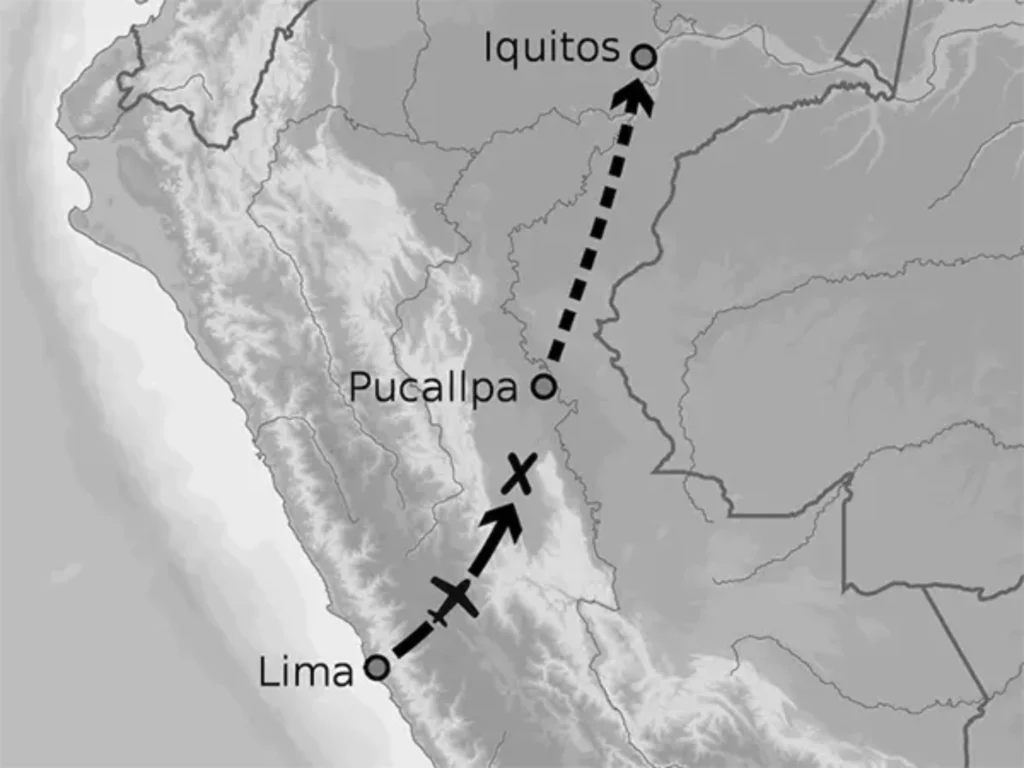
According to Business Insider, On December 24, 1971, Juliane and her mother, Maria, boarded LANSA Flight 508. The flight was operated by Líneas Aéreas Nacionales S.A. (LANSA), a local airline with a less-than-stellar safety record. Her father had warned them not to fly LANSA, but it was Christmas Eve, and all other flights were booked solid.
The weather over Lima was clear that morning. But about an hour into the flight, the plane flew into thick clouds above the Amazon basin. Passengers were told to fasten their seatbelts. A crew member’s voice came over the speakers: “Passengers, we inform you that the area of turbulence we are going through is due to a major storm over the Amazon jungle. Fasten seat belts.”
Moments later, a bolt of lightning struck the right wing. The aircraft caught fire and began to break apart midair at an altitude of about 21,000 feet. As the fuselage ripped open, Juliane—still strapped to her row of three seats—was sucked into open air.
“Then Suddenly I Was Outside the Plane”

“I remember the plane going straight down, and the motor making a lot of noise, and people screaming… then suddenly I was outside of the plane. I was falling head down with the seatbelt pressing my stomach so much I couldn’t breathe,” she later recalled in an interview.
The fall was violent. The jungle canopy below was thick, tangled, and seemed endless. But experts believe a rare combination of factors played into Juliane’s survival: the row of seats she was attached to may have acted like a crude parachute. The dense vegetation below likely slowed her descent. Some scientists have even suggested the upward air currents from the storm could’ve helped cushion her fall.
She lost consciousness at some point during the fall. When she awoke, she was alone in the rainforest.
Juliane’s injuries were serious. She had a broken collarbone, a deep cut on her right arm, a mild concussion, and her eyes were swollen red from burst blood vessels. Her first moments after waking were surreal.
“I couldn’t really feel anything. It was like being wrapped in cotton balls,” she told Vice News. “With a lot of effort I could only get up on my knees, then everything turned black again.”
Her seat was nearby, still partially attached to her. There was no sign of the other passengers, no wreckage and no sound. Just the endless green of the jungle, buzzing with insects.
What the Jungle Taught Her
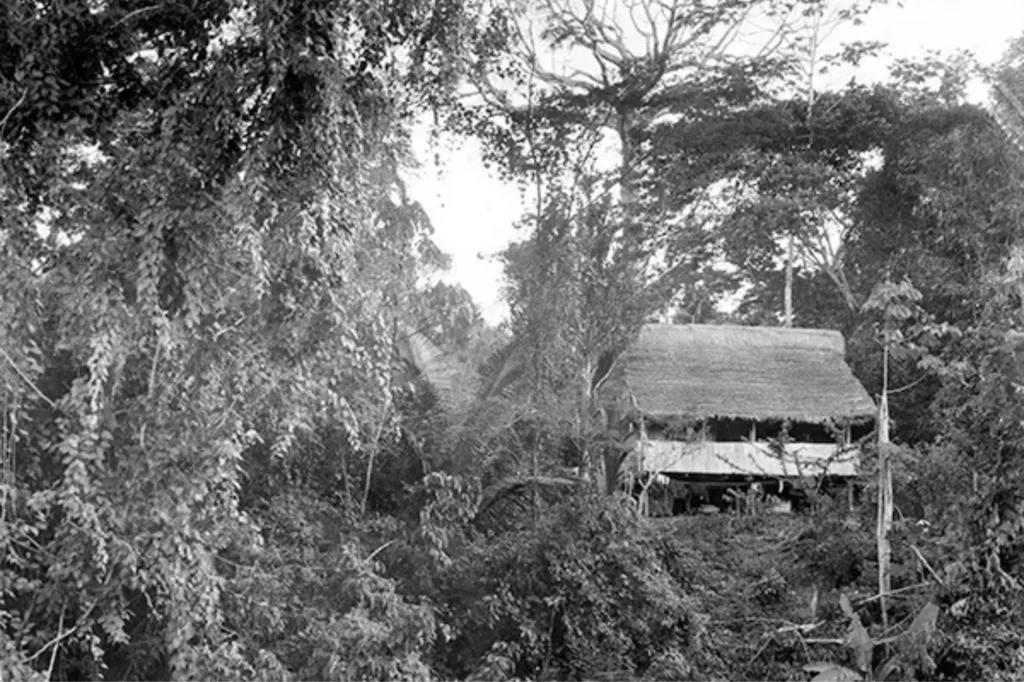
Juliane called out for her mother. Over and over again, but there was no answer. What little she had with her—some broken candy and the clothes on her back—was all she could rely on. But her jungle upbringing kicked in.
She remembered that water often leads to people, so she began to follow a small creek. At times she walked and at times she floated. She was in too much pain to move quickly.
She couldn’t eat—she didn’t trust any of the plants around her—but she drank rainwater and stream water to survive. Her wounds got worse. Maggots infested the gash in her arm. Insects bit her constantly. At night she slept on the wet forest floor, under the roar of howler monkeys and the distant sounds of predators.
“The thought — why was I the only survivor? — haunts me. It always will,” she said later.
The Moment That Saved Her Life
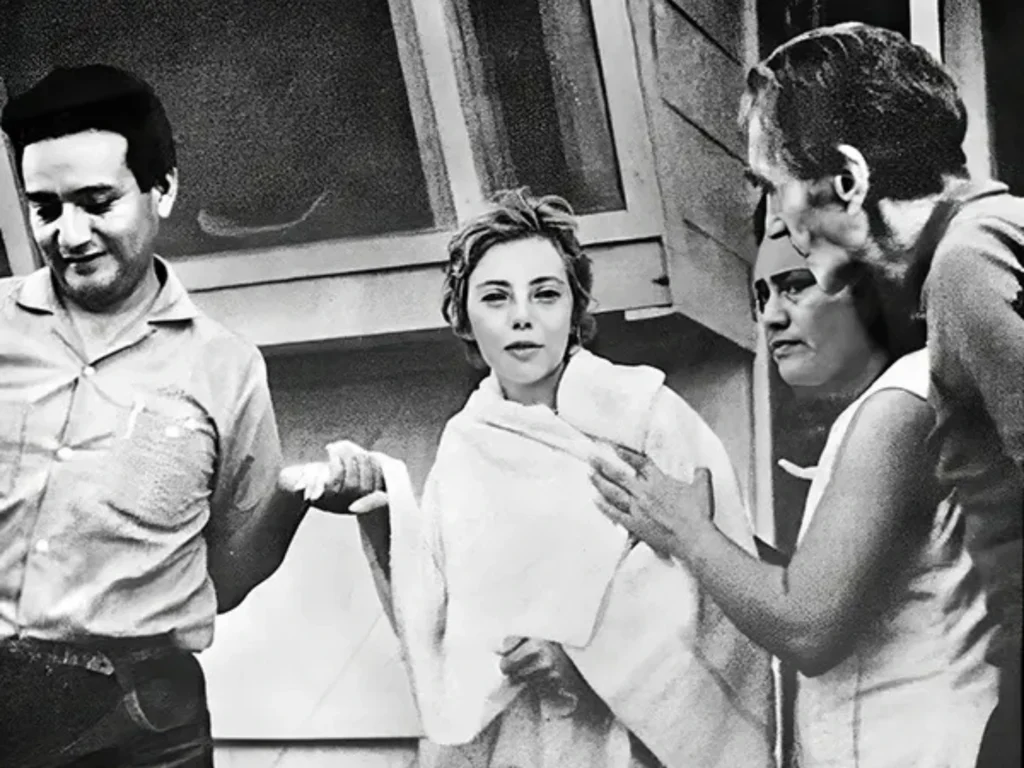
After days of wandering, Juliane stumbled upon something strange: a small hut, roofless and open, left behind by local lumber workers. Inside, she found a can of gasoline. She remembered something her father had taught her—that gasoline could be used to kill maggots in wounds.
In an act of painful desperation, she poured it over her open cut. The maggots began to die off. The next day, she heard voices.
Three local men discovered her. Covered in dirt, barefoot, with bloodshot eyes and ragged clothes, she didn’t look human. They thought she might be a jungle spirit, some supernatural creature. But then she spoke in Spanish and explained what had happened.
“They gave me something to eat and cleaned my wounds. Then they took me by canoe to a nearby village.” From there, she was flown to a hospital in Pucallpa. “The first man I saw seemed like an angel,” she told the BBC.
Life After the Fall
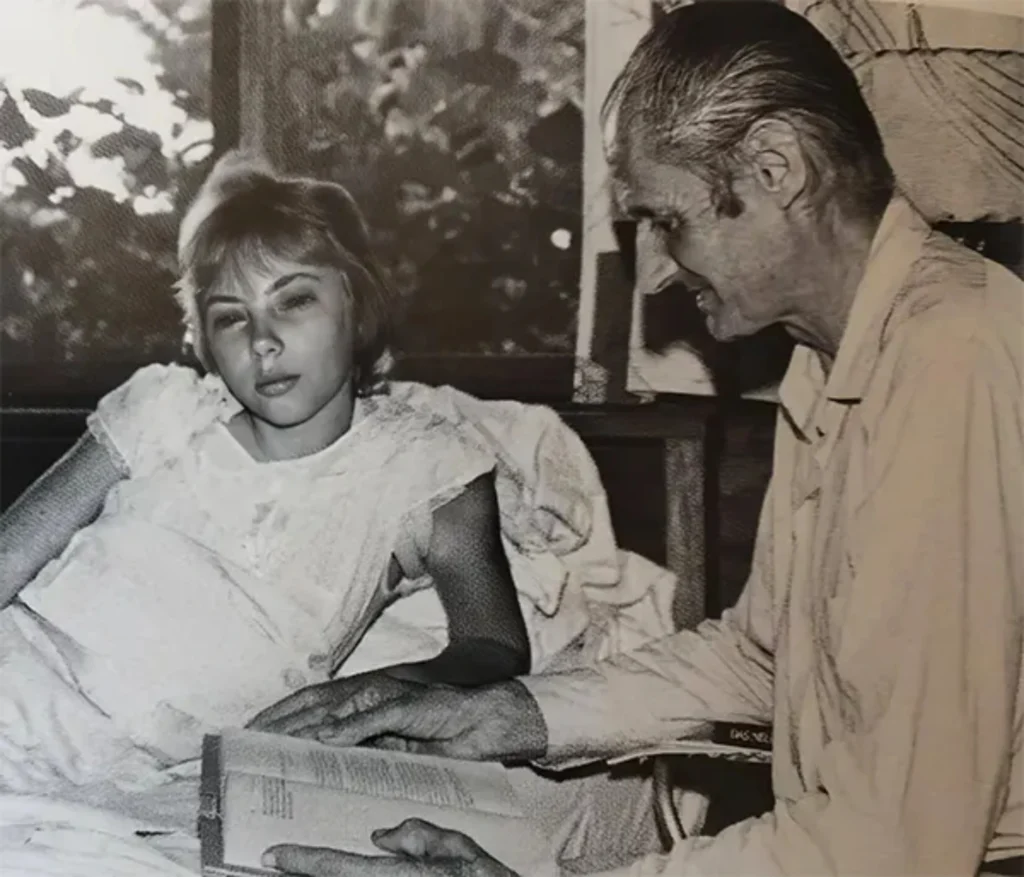
Her survival story made headlines around the world. But it wasn’t just the fall that amazed people—it was her will to live, her ability to keep going when she had every reason to give up.
With her help, authorities found the crash site and recovered the bodies of all 91 victims, including her mother. The official cause of the crash, according to investigators, was the decision by the flight crew to continue into a known storm, despite warnings—ultimately leading to the lightning strike and mid-air breakup.
Juliane returned to Germany with her father. She finished her studies and became a zoologist, just like her parents. But the trauma stayed with her.
“I had nightmares for a long time, for years,” she said in an interview. “And of course the grief about my mother’s death and that of the other people came back again and again.”
She later wrote a memoir, When I Fell From the Sky, and shared her story in several documentaries and interviews. But she never tried to turn her survival into fame.
Instead, she quietly returned to Panguana, the jungle that nearly killed her, and dedicated her life to scientific work and conservation.
A Living Miracle
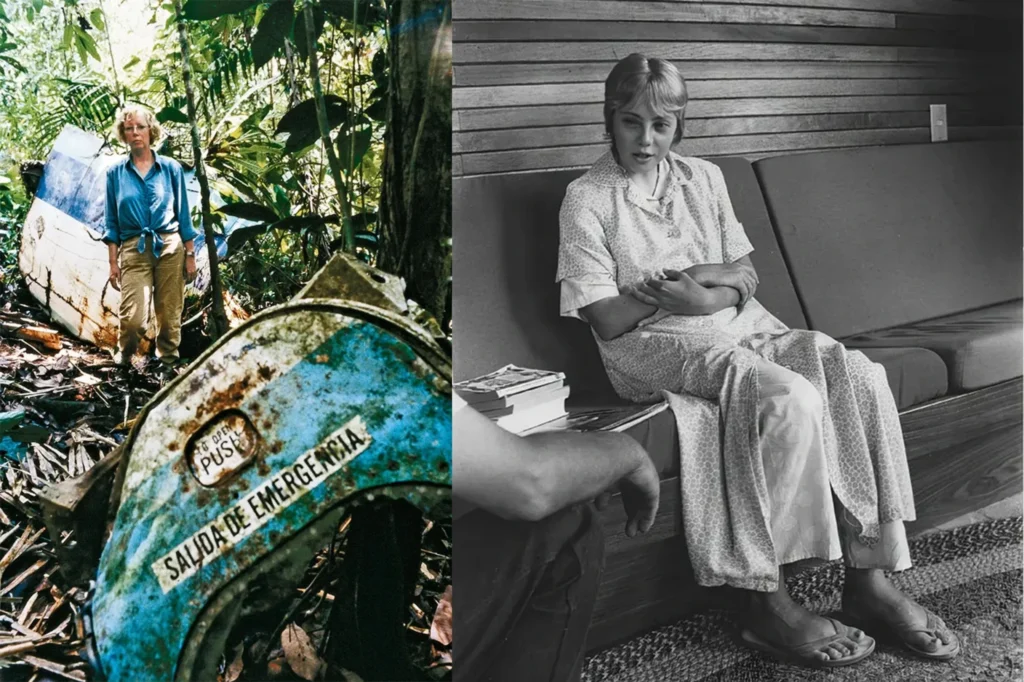
Today, Juliane Koepcke’s story is taught in aviation safety courses, survival training, and even classrooms. Her name often appears in articles and documentaries exploring miracle survival cases. But she doesn’t see herself as special.
“I’m aware that it’s a miracle that I’m still alive, and I wonder why me of all people,” she once said. “I have survived the crash and believe that I now have to get through this too. I pray that I will find people.”
She did and more than that—she found purpose.


